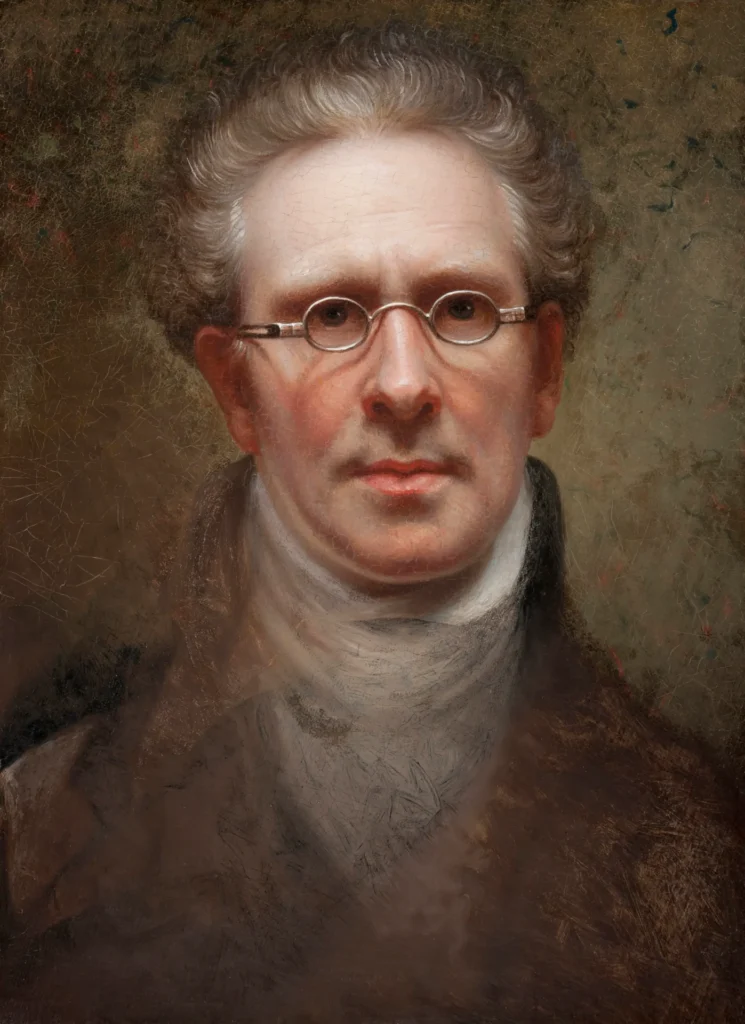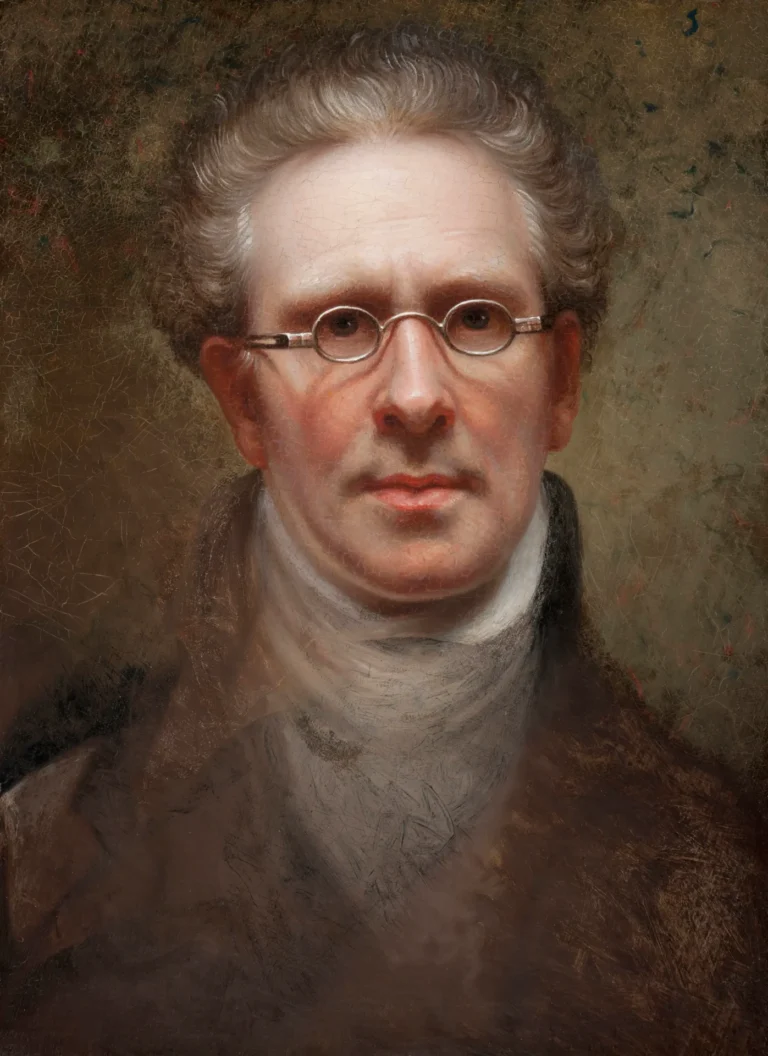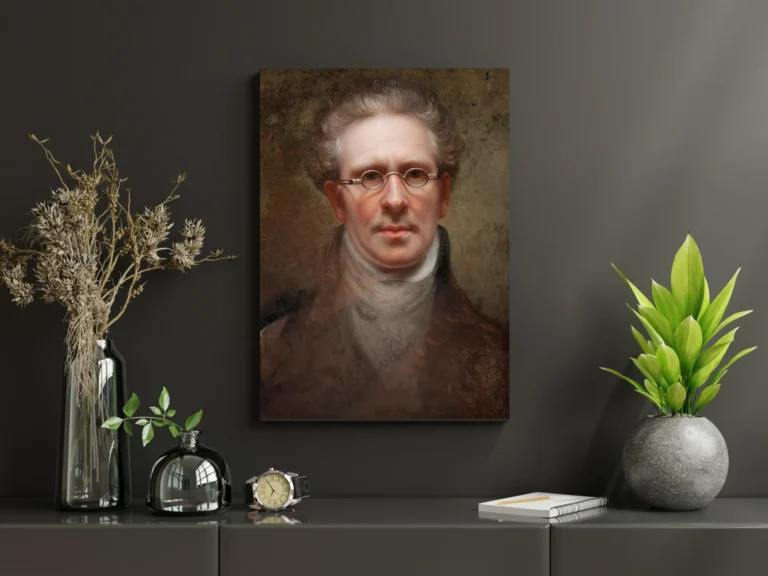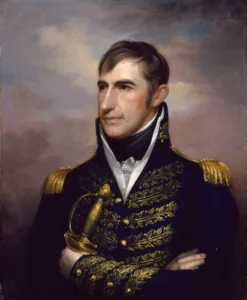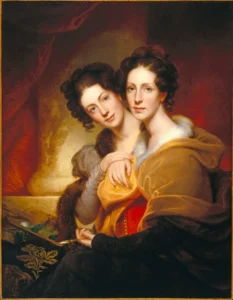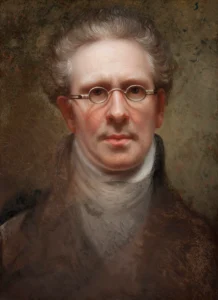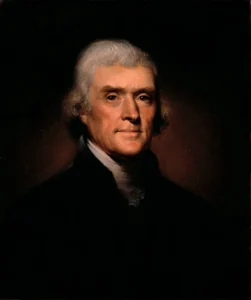Self-Portrait
Rembrandt Peale, a significant American portrait painter, created multiple self-portraits throughout his life, showcasing his artistic evolution. His early works reveal a prodigious talent, and his later pieces, particularly the self-portraits of 1840 and 1846, highlight his meticulous technique and mastery of light and shadow. These paintings not only reflect his artistic prowess but also provide a glimpse into his personal life and connections, especially his devotion to his family, as one was gifted to his wife.
Early works: 1780 - 1790; Notable self-portraits: 1840, 1846
About the Artwork
Did You Know
Liked what you see? Add it to your collection.
Enjoyed reading? Share it.
... continued
Early Self-Portraits
Rembrandt Peale painted his first self-portrait at the age of 13, which was also his first oil painting. This early work showcased his precocious talent and was often used to encourage young artists to improve their skills.
Later Self-Portraits
Over his lifetime, Peale executed at least a dozen self-portraits. Here are a few notable examples:
Self-Portrait (1840)
This self-portrait, now in the Philadelphia Museum of Art, was painted when Peale was 62 years old. It was created as a wedding gift for his second wife, Harriet Cany Peale. The painting is characterized by meticulous execution and masterful rendering of light and shadow.
Self-Portrait (1846)
Painted when Peale was 68 years old, this self-portrait is notable for its oval format, similar to his famous portraits of George Washington. The painting is signed and dated "1846" and includes an inscription indicating it was painted by Peale himself in 1848. This work was auctioned by Sotheby's and is an example of his continued skill in portraiture later in his life.
Style and Technique
Peale's self-portraits reflect his artistic development and influences. His style was initially shaped by his father, Charles Willson Peale, and later influenced by French neoclassicism after his stays in Paris. His works are known for their detailed and realistic rendering, as well as his experimentation with light effects, evident even in his early self-portraits.
These self-portraits not only demonstrate Peale's technical skill but also provide insights into his artistic evolution and personal life.




